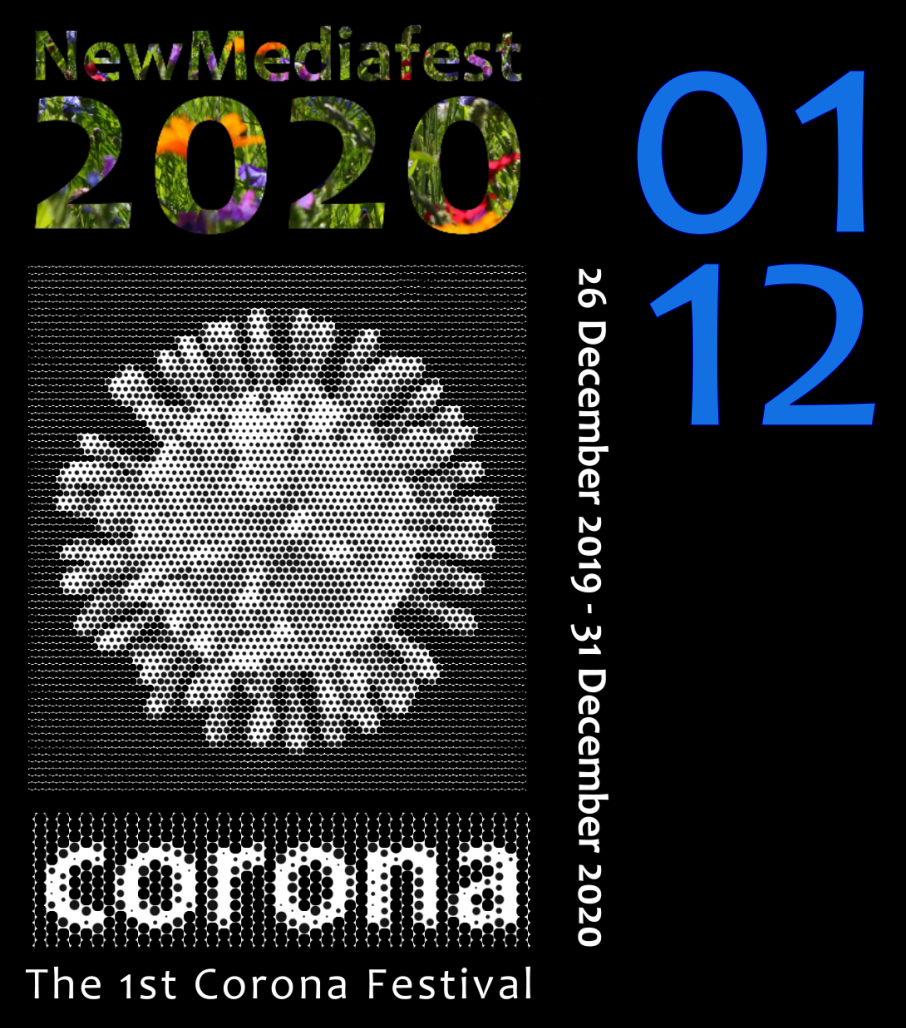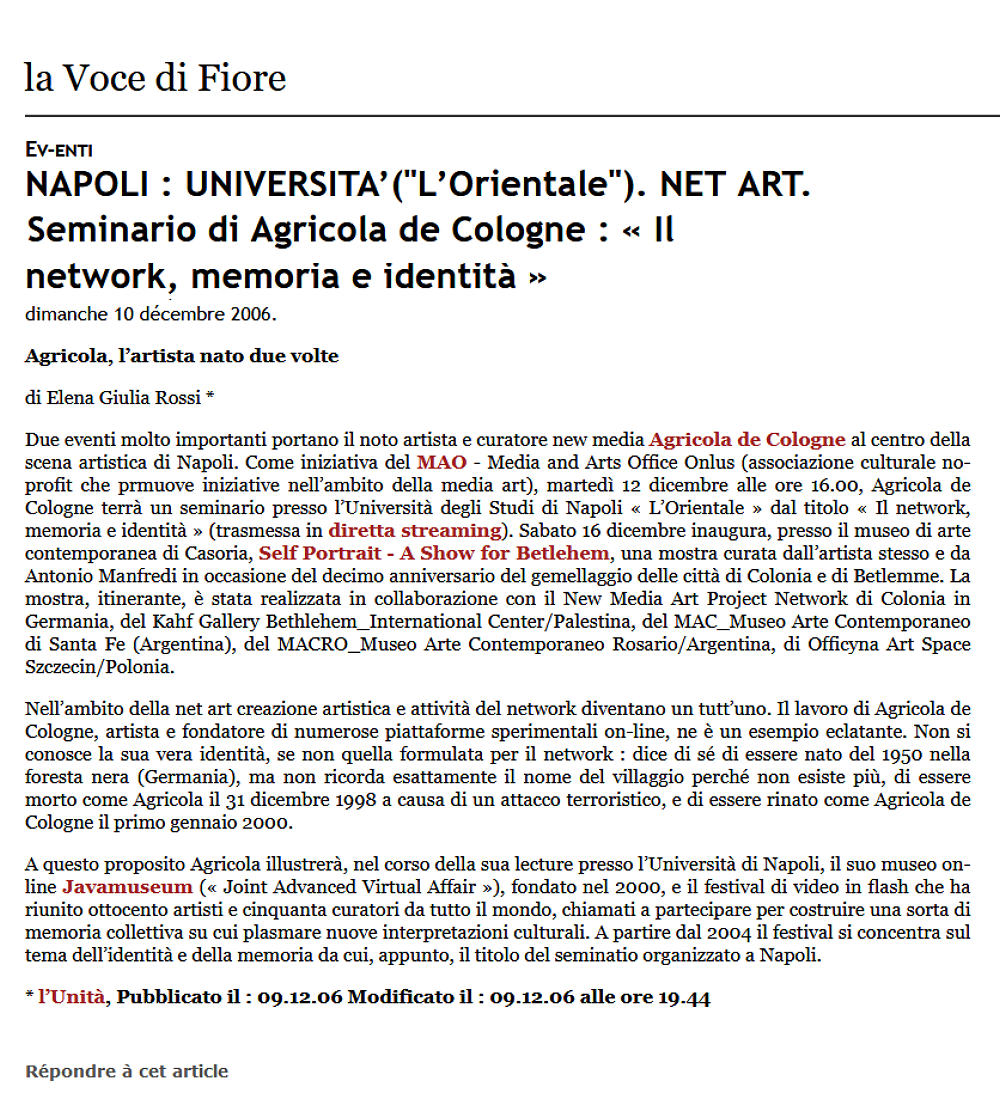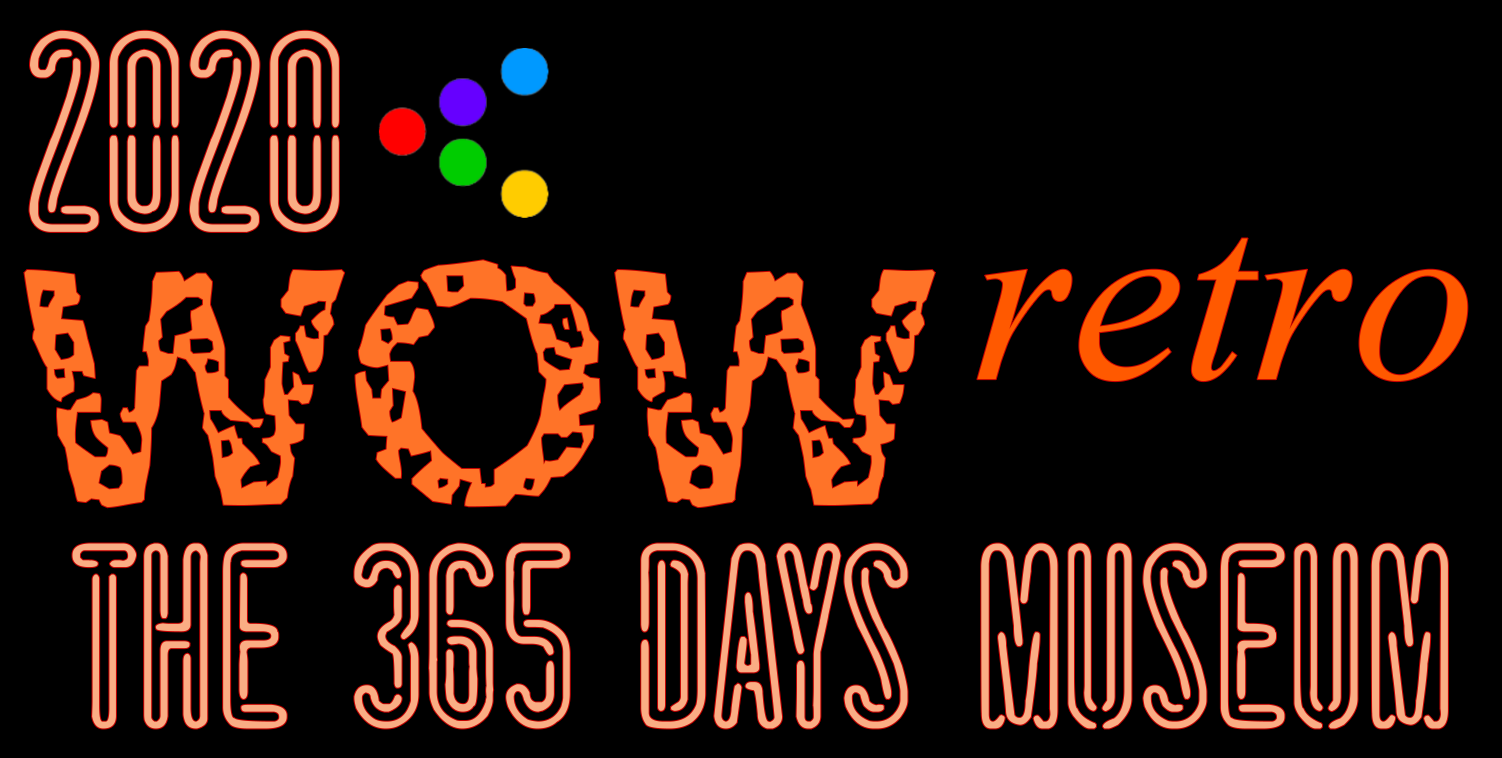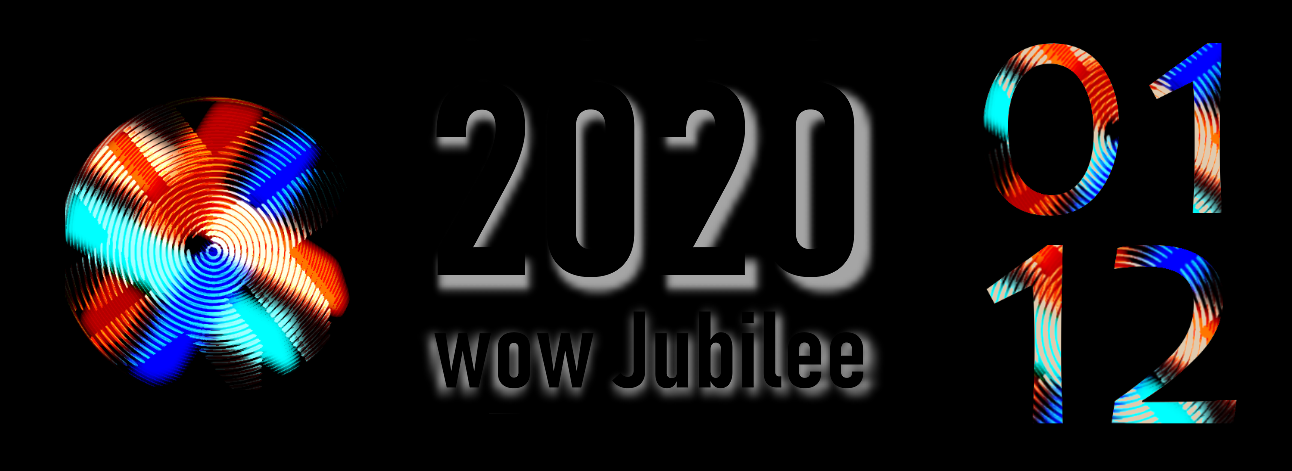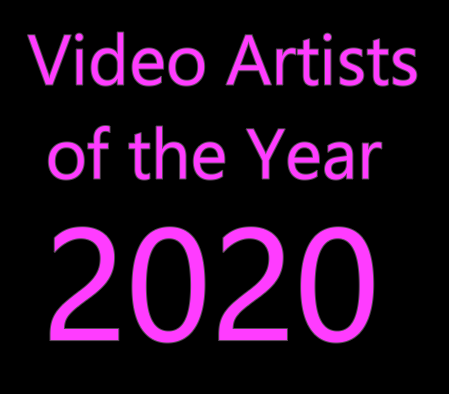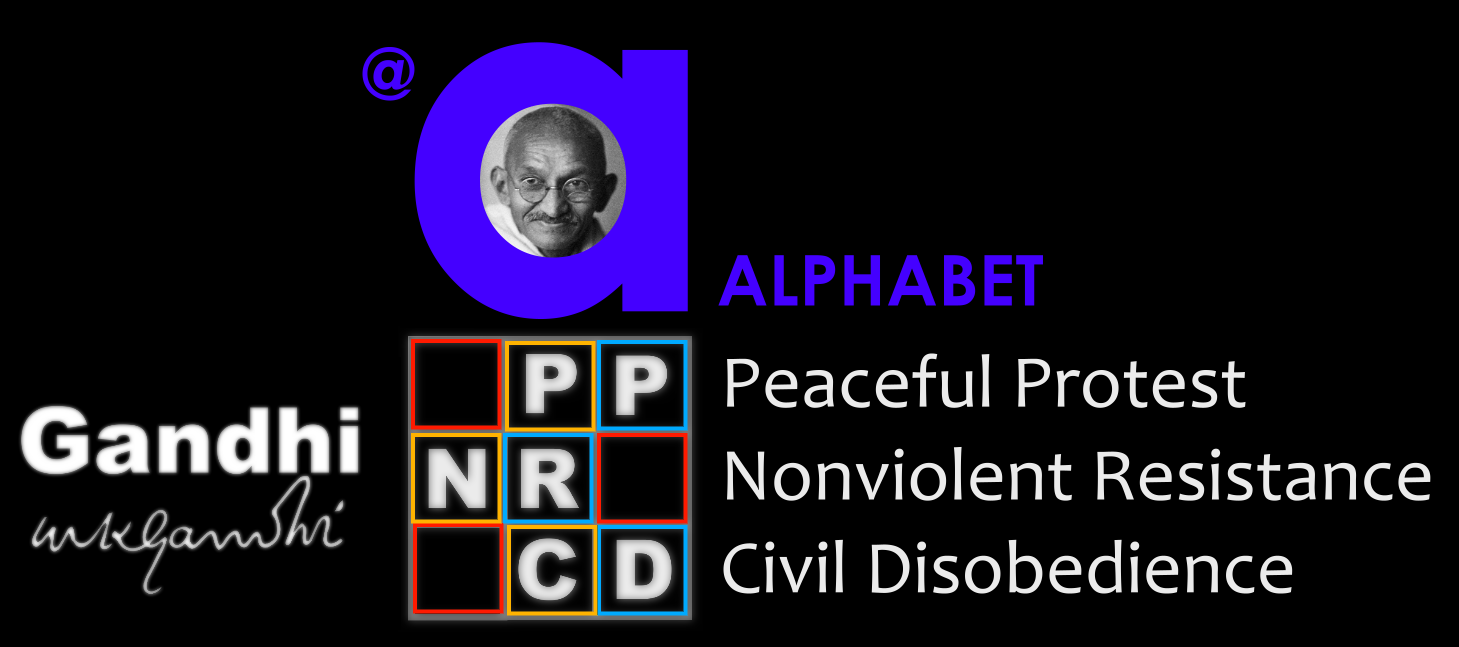
Elena Giulia Rossi is curating for
JavaMuseum – Forum for Internet Technology in Contemporary Art
the exhibition
Seven Ways for Saying Internet with Net Art
to be launched on 1 November 2007
featuring these artists
Seven Ways for Saying Internet with Net Art
Elena Giulia Rossi
Since its inception, net art has always been referring to its own medium. The seven works selected, created in different times, address different facets of the nature of Internet, from the social perception of the self and of the body in relation to technology, to the potential impact that this medium can have on society, mostly when art is concerned.The relationship between nature art and representation of the self with the flow of information is synthesized in the hybrid portrait of Deus Fleurs by the French artist Reynald Drouhin.
Generative processes as art are the core of C.J. Yeh’s Equal where personal data generate modernist-like paintings. Sound and space in relation to dynamics and energy are the subject of Santiago Ortiz’s Sound and Energy where Internet is treated as a canvas for dynamic and interactive sketches.
Molleindustria’s works, a collective engaged in the creation of original games aimed to rise political concerns are excellent examples of how games, and Internet as a vehicle to foster them, can ease issues otherwise difficult to face. Mc Donald’s Videogame is a courageous critique of the McDonald’s brand and of the functioning of its corporation, at the origin of remarkable ecological damages. It is through the game that Juliet Davis explores in Pieces of Herself feminine embodiment and its relation to real and virtual space. A game is also involved in Iconoclast Game by Lorenzo Pizzanelli: through irony and play the author gives a critical view of the power of images and of the museums that make them sacred.
F.R.U.I.T., engaged in the shaping of an on-line community to encourage cultivation within urban areas, is a project where the network activity is art. It makes clear that net art is “action” and it is closer to performing than any other art practice.
7 ways to say Internet with netart
curated by Elena Giulia Rossi – MAXXI Rome/Italy

Juliet Davis
Pieces of Herself, 2004
http://www.julietdavis.com/studio/piecesofherself/
She employs the genre of game to explore embodiment and feminine identity in relation to public and private space. Some objects, metaphors for the self, are spread around different environments from daily life that surfers can select from the main menu of the game (e.g. the kitchen, the bedroom, the office, outdoor spaces). They are dragged into the form of the body designed on the left side of the screen while activating acoustical effects as well as clips of interviews of different women through time.

Reinhald Drouhin
Des Fleurs, 2003
http://www.reynalddrouhin.net/works/desfleurs/desfleurs.html
2,688 flowers form a portrait generated by the fusion of the seven faces of the members of the Incident.net collective (Krn, Gregory, Philippe, Marika, Julie, Michael and Reynald). The emergent face is both male and female and has that mixture of the fantastic and the monstruous which recalls the Renaissance painter Arcimboldo’s portraits generated by the combination of objects of the same genre such as fruit, fish, birds, books etc. The result is a dynamic mosaic of images, sounds and writing combined in a process of construction and deconstruction. Phrases about nature, the sound of insects and images coexist on the same surface and give life to a portrait that belongs not only to the people portrayed but also to Internet itself.
Free Soil
F.R.U.I.T. , 2005
F.R.U.I.T. takes up the challenge of elevating the ecological knowledge of consumers and encouraging a way of life that is friendly to the environment. “We want consumers to be conscious of the entire life of a product, from production to utilization, and not just what they see in the stores. Consumers must be aware that every phase of a product’s life influences the environment and ourselves.”
The social engagement is very clear: the goal is to encourage the development of areas fit for cultivation within urban areas by improving the knowledge of consumers in the field of agricultural products.
Free Soil has produced a run of FRUIT wrappers, a website, and a travelling installation as part of an initiative to inform people about alternative food systems and local food movements. Information will be carried through the food system and into the hands of consumers. The wrapper holds information on a variety of aspects concerning food movements, transport and urban farming.

Molleindustria
McDonald’s Videogame, 2005
http://www.molleindustria.org/mcdonalds/index.html
McDonald’s Video-game is a politically “incorrect” game that denounces the negative impact of the eponymous fast-food chain. The Molleindustria collective states: “Making money in a corporation like McDonald’s is not simple at all. Behind every sandwich there are complex processes that one must learn to manage: from the creation of pastures to the slaughter of animals, from the restaurant management to the branding. You will discover all the dirty secrets that made us one of the biggest companies in the world”.
To make the corporation productive, the final goal of the game, requires the use of weapons of many kinds: deforesting acres and acres of ground for the pastures, feeding animals with genetically modified products, firing workers if necessary and engaging in efficient marketing campaigns. The player needs to take the clients’ response to any action into consideration: for example, they might have to face client boycotts because there is insufficient staff at the cashes or because of food poisoning. Winning the game means enormous environmental damage, of course.

Santiago Ortiz
Sound and Energy, 2005
http://moebio.com/santiago/sonidoyenergia/
Sound and Energy
e composto da undici lavori interattivi sonori che, attraverso il gioco, indagano la relazione tra spazio, suono e energia.
The project consists of eleven interactive works on sound. All these pieces conform an investigation of relations between sound and space, dynamics, energy and interactivity. They are classified in 5 categories -every piece could have more than one category associated-: – binaural: sounds in space; each sound intensity is in relation with his distance to each ear. – synthesis: uses wave synthesis techniques to generate dynamics in space. – physical model: mechanical models (gravity, elastics, bounding, friction…). – random: uses stochastic models to generate dynamics and sound:
binaural triad: (()()) simple and binaural
sound energy: ))o(( sound = kinetik energy
auralmix: (()()) more conventional but powerfull tool
music over fractal land: an algorithm generates realistic landscapes
ki2D: (()()) binaural triad + synthesiz”r = ki2D (the first work here: 2001)
crystal: inspired from “Musica Ricercata”, from Gyorgy Ligeti
gravitatory sound: ))o(( simple and funny
auralia: (()()) create and navigate your own sound landscapes
combinatory music: working enthropy
sound sticky elastic structure: 3D + holistic physic model (the last work here: 2005)
synthesizer: the unique soundless sound toy!: creates movement with sound synthesis technique. (Santiago Ortiz).
C.J.Yeh
MyData=MyMondrian, 2004
Equal series is my attempt to focus on the creative process of art and, at the same time, address data input as a metaphor for the Modernist thought process.
Through out this series, what I have been trying to do is using programming language to connect everyday activities with acclaimed Modernist masters. By analyzing the formal elements of these masters’ signature style and then turn them into algorithms, I have been able to create art interfaces that enable users to make art in unexpected ways.
MyData=MyMondrian has an interface which is a replicated sign-up form for an online dating site. Rather than fishing for friends, the result upon hitting “enter” is a quick cyber-mastication of one’s personal status and their subsequent regurgitation in the form of a Piet Mondrian-like composition.
MyTune=MyPollock converts computer keyboard into an electric piano, on which visitors are encouraged to play music. Each note corresponds to a simulated Jackson Pollock paint drip.
MyBirthday = MyPhilipGlass requires participants to enter their name and birthday, at which point an algorithm transcribes the information into a Minimalist musical score, then the generated score is played by the computer”. (C.J. Yeh)
Lorenzo Pizzanelli
Iconoclast Game, 2003-2006
The main character, which the player has to identify himself with in order to get past the stages of the game, is Marcel Duchamp. In the prologue Duchamp appears on a reddish cosmos background, in a double-reflection version, male and female (let us recall Duchamp’s female identity, Rose Selavy created in New York in 1920, with which the artist signed various works). But death comes to kidnap the superior part of our double hero, and lets the other one drop down towards the earth. Just like in the Platonic myth, the Symposium, the unity of the androgynous is broken and the fallen Marcel (or Rose) will have to complete ten different tasks inside a museum before he/she will be able to reunite with his/her other half and renew the universe in a cosmic conflagration. Inside the museum, the paintings and the sculpture (there is only one – Michelangelo’s David) our hero/heroine meets on his way come to life and threaten him/her.
What if the destiny, not only of art, but of all of Western culture, had been decided between 726 and 787 A.D., i.e., between the destruction of the sacred images ordered by the Byzantine Emperor Leo III Isauric and the following council of Nicea, which, on the contrary, declared the lawfulness of their cult?
Images continue to have a central role – even after the decline of the Christian religion as a crucial means of social cohesion – in the secularised and “disenchanted” society which has shaped in the course of modernity. The victory of iconolatry between the VIII and IX Century of the vulgar era, in other words, could have marked the West in an irreversible way.
The only way to really come to terms with the art of our past is by freeing it from the ideological and habitual incrustations, which have transformed some masterpieces into common places of a diffuse and banal culture.” (Lorenzo Pizzanelli).











